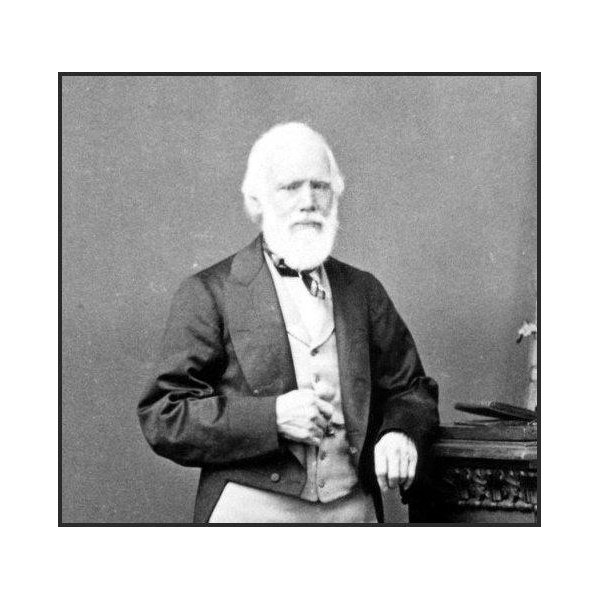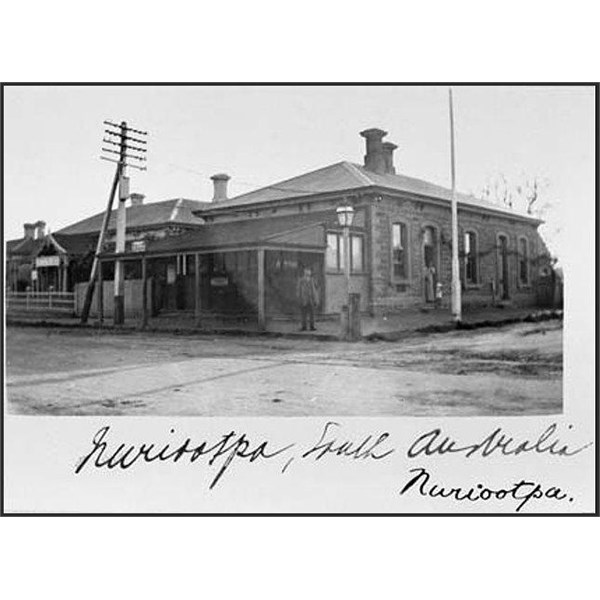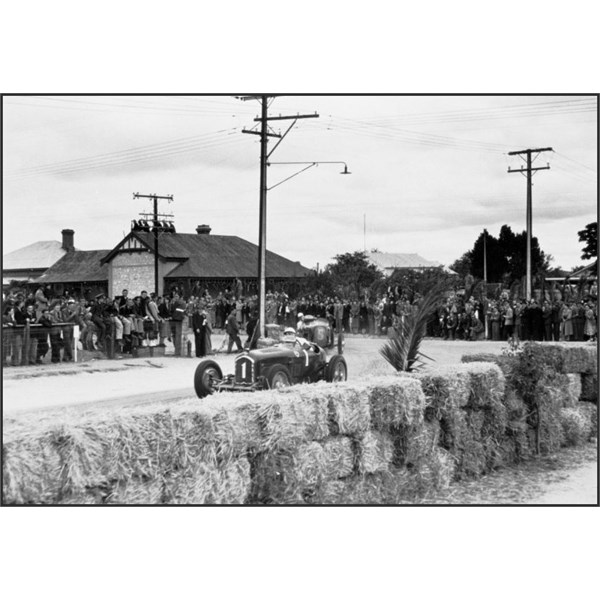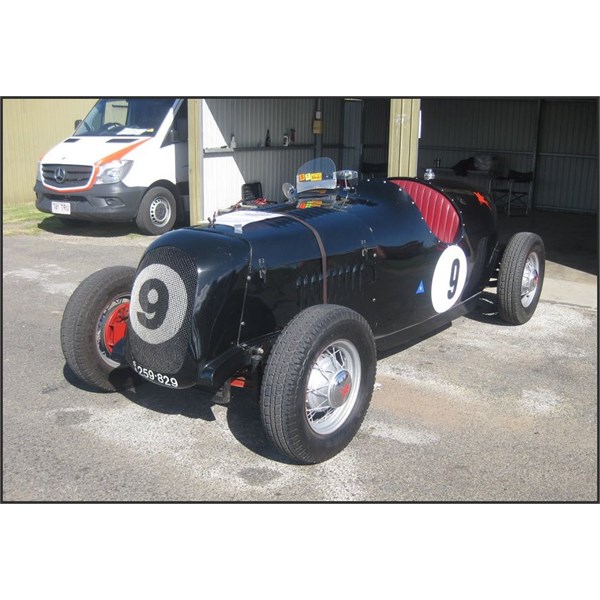Nuriootpa Located 270 metres above sea level and 76 km from
Adelaide,
Nuriootpa (the name is reputedly an Aboriginal word meaning 'meeting place') is recognised as the commercial centre of the Barossa Valley. It is a substantial and rapidly growing centre with a
population in excess of 3,000 people which
services the 42 wineries which exist in the area. Perhaps the most immediate impression on the visitor is the fact that vines seem to grow everywhere down the main street on shops old and new. It is a vine town.

The Original Vine Inn 1960

Aerial view of Nuriootpa 1945
Soon after the arrival of colonists in South Australia in July, 1836 expeditions were sent out to explore the hinterland. By December 1837
explorers had reached Lyndoch and by 1838 other
explorers had reached the
Murray River passing through the Barossa Valley. The valley was named by Colonel Light after Barrosa (
Hill of Roses) in Spain where he had fought against the French in 1811 in the Peninsula War. The spelling mistake was never corrected.
In 1839 the South Australian Company Geologist, Johannes Menge, described his future vision for the valley in a letter to George Fife Angas, company Chairman then based in London, of “flourishing vineyards and orchards”. A prophetic vision indeed! In 1839 Colonel Light, the Surveyor General of South Australia, was selling off large tracts of land in the valley. The area around
Nuriootpa was sold to George Angas and became known for a short time as Angas
Park.

George Fife Angas in his later years

Nuriootpa Post Office 1901
The town grew quite dramatically in the 1840s with the discovery of copper at
Kapunda. It became an important stopover point for miners and bullock drivers on their way from
Adelaide. It was this increase in trade which saw William Coulthard build the Red Lion hotel (a
slab hut) in 1843 to slake the thirst of the passing trade. It was around the Red Lion that the town grew. Coulthard laid out the town in 1854 and by 1855 he was so successful that he had built himself a beautiful bluestone mansion.
The 1950 Australian Grand Prix, which was Australia’s premier motor race of that year, was held on 2 January 1950 using the
Nuriootpa Road Circuit, a temporary course utilising roads in and around the town of
Nuriootpa. The race was won by Doug Whiteford driving a Ford V8 Special. The first race meeting to use the circuit had been held in April 1949. Doug Whiteford raced from the mid 1930s through to 1975 with a short period of inactivity during the 1960s.He was best known as a competitor in the Australian Grand Prix which he won three times in four years. He raced a
Talbot-Lago T26 Formula One car which he used to win his second and third Grands Prix. His third win was at the first Albert
Park street circuit which today hosts the modern Australian Grand Prix.

Doug Whiteford , winner of the 1950 AGP at Nuriootpa

Lex Davisons' Alfa Romeo P3 ahead of Doug Whitefords' Ford V8 Spl 'Black Bess', Nuriootpa, 1949

AGP Nuriootpa 1950. 3 MG TC Spls#30 David Harvey (4th), #29 Vin Maloney (12th), and # 35 Don Cant (8th). MGs of all kinds

The Ford V8 Special in which Whiteford won the 1950 Australian Grand Prix
Whiteford first contested the Australian Grand Prix in 1948 and continued to compete in the race regularly up to 1961 with a final appearance in the 1964 event. Doug Whiteford died on 15 January 1979.
Postcodes are allocated to geographic areas to facilitate the efficient processing and delivery of mail to customers. The current four digit numeric postcode system was introduced in 1967 in association with the first mechanised mail processing centre in Australia so this photo below of the
Post Office was taken after 1967

Nuriootpa Post Office after 1967

Angus Park Hotel,Nuriootpa
While most of Australia's wine industry was directly influenced by the involvement of the British, the Barossa Valley was shaped by the influence of German settlers fleeing persecution from the Prussian province of Silesia. In 1841, the South Australian Company (under orders of one of its shareholders George Fife Angas) chartered three ships to Silesia to offer refuge and land in the Barossa Valley to any settler willing to volunteer to help establish the colony. Nearly 500 families accepted the offer and settled in the Barossa Valley.

Wolfgang Blass from Frankfurt Germany was the cellar manager of the SA Grape Growers' Co-op near Nuriootpa, 1962

George Kolarovich, from Yugoslavia, at the SA Grape Growers Co-op at Nuriootpa, uses a hydrometer to test the sugar content in the grape juice
After trying many types of agricultural crops, the settlers found the warm fertile valley to be ideally suited for viticulture. The early years of the Barossa Valley winemaking ushered in a long period of trial and error for while the settlers were skilled farmers, their previous homeland of Silesia had little to no winemaking tradition. The early focus of the Barossa Valley wine industry was on the production of Riesling, a German wine grape from the Rhineland.